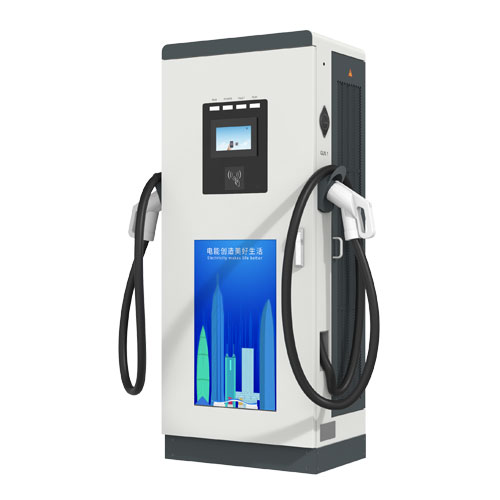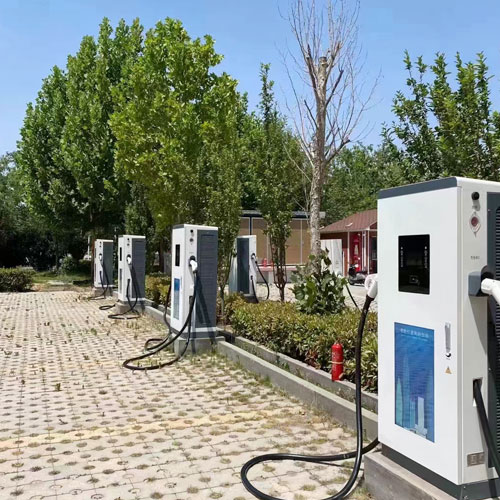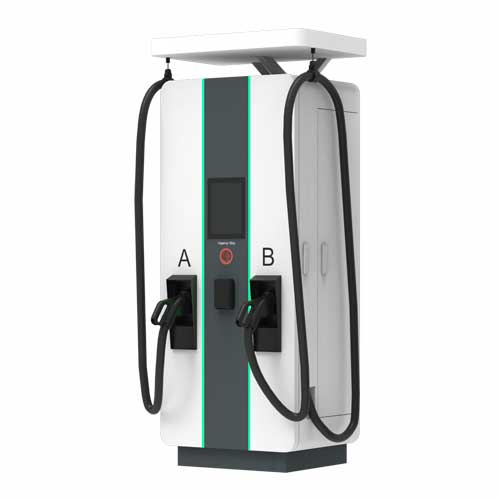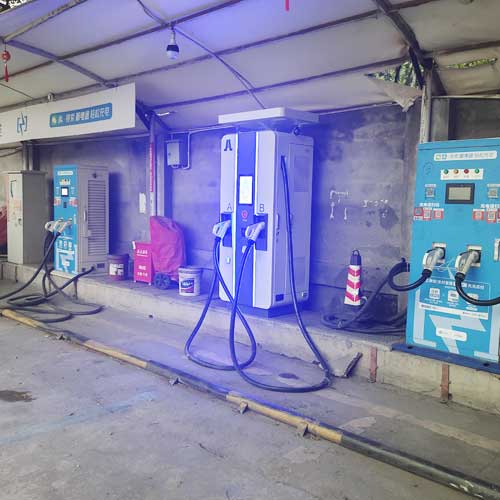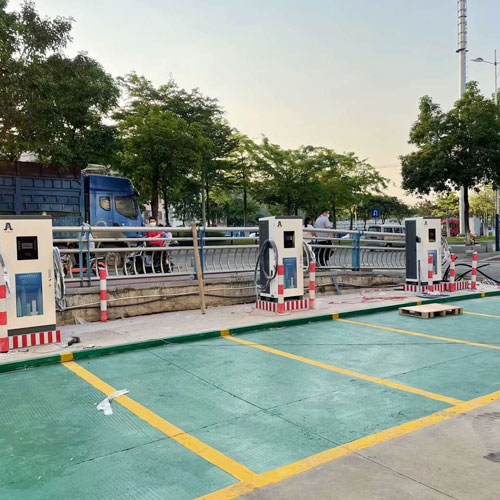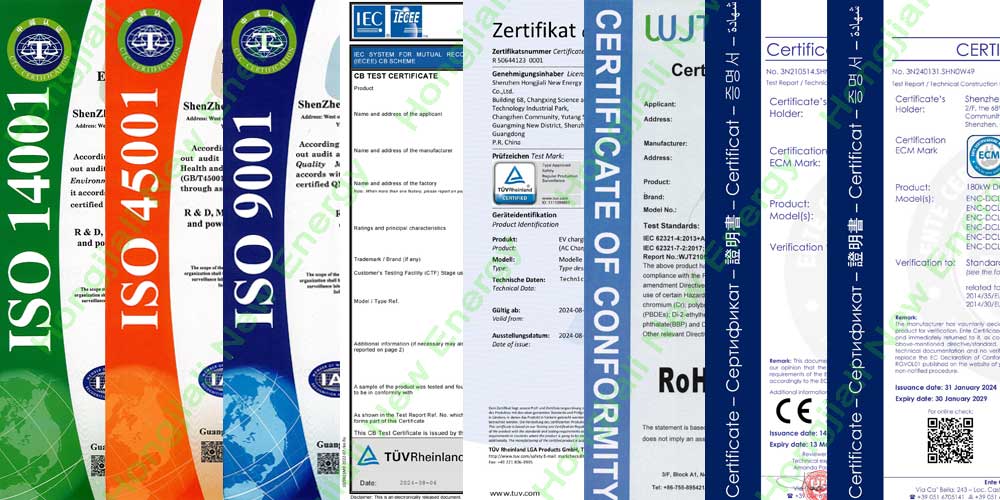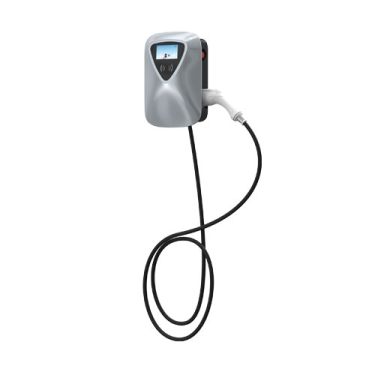The 30kw DC ev charger can charge your ev at a rate of 30 kW per hour, with an output power of 30kw; 125A output current, and an output voltage of 200~1000V. It integrates intelligent control, precise metering, remote communication, and easy installation to provide safe and stable 30kW charging.
The technical parameters of the 30kw DC ev charger are as follows:
Parameters | Requirements | ||
General Requirements | |||
EV Charger Type | DC | ||
Charger Capacity | 30KW | ||
Equipment size | L700*W450*H1680(mm)/L720*W401*H2000(mm) | ||
Product Model NO. | ENC-DCL030A | ANSI-DCL030A | JIS-DCL030A |
Mounting | Ground-Mounted | ||
Input Requirements | |||
AC Supply System | Three-Phase, 5 Wire AC system | ||
Nominal Input Voltage | AC380V±15% | ||
Input Frequency | 45-65Hz | ||
Environmental Requirements | |||
Ambient Temperature Range | -25 to 55°C | ||
Ambient Humidity | 5 to 95% | ||
Storage Temperature | -40 to 70°C | ||
Mechanical Requirements | |||
IP Ratings | IP 54 | ||
Cooling | Air-cooled | ||
Output Requirements | |||
Number of Outputs | 1 | ||
Type of Each Output | 200-1000VDC | ||
Single Output Max.Current | 125 Amp | ||
Power Factor | ≥0.99(50% load above) | ||
User Interface & Display Requirements | |||
Display & Touch-Screen Size | 7 Inches Touch Screen with Shell | ||
User Authentication | QR Code/RFID Card /Password Login | ||
Metering Information | Consumption Units | ||
Communication Requirements | |||
Communication between EVSE and Central server | OCPP 1.6J Protocol (Optional) | ||
Interface between Charger and CMS | Ethernet/3G/4G/WIFI (Optional) | ||
Protection & Safety Requirements | |||
Executive Standard | IEC 62196 2017, IEC 61851 2017, SAE J1772,CHAdeMO etc. | ||
Safety Parameters | Over Current, Over Voltage, Under Voltage, Residual Current, Surge Protection, Leakage Protection, Short Circuit, Over Temperature, etc. | ||
